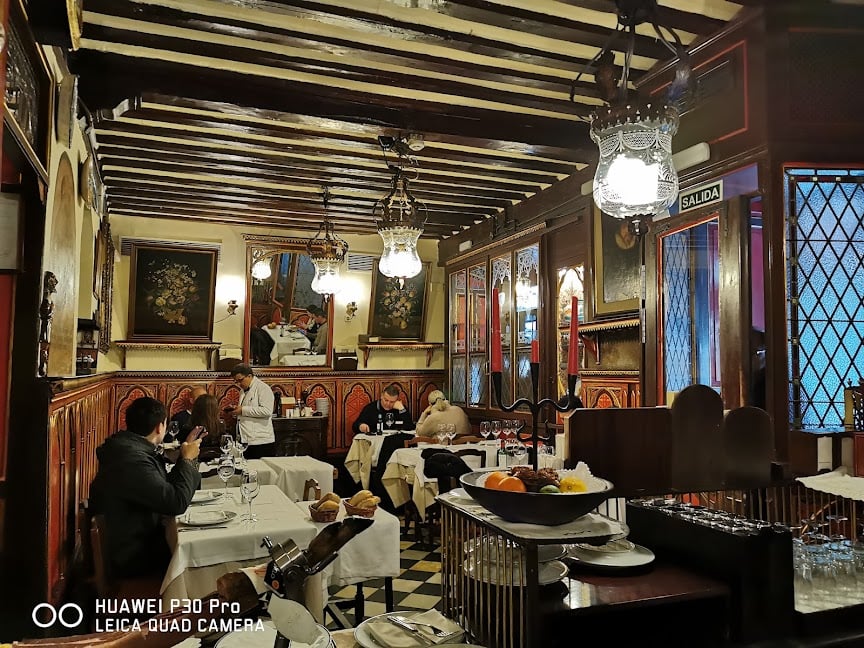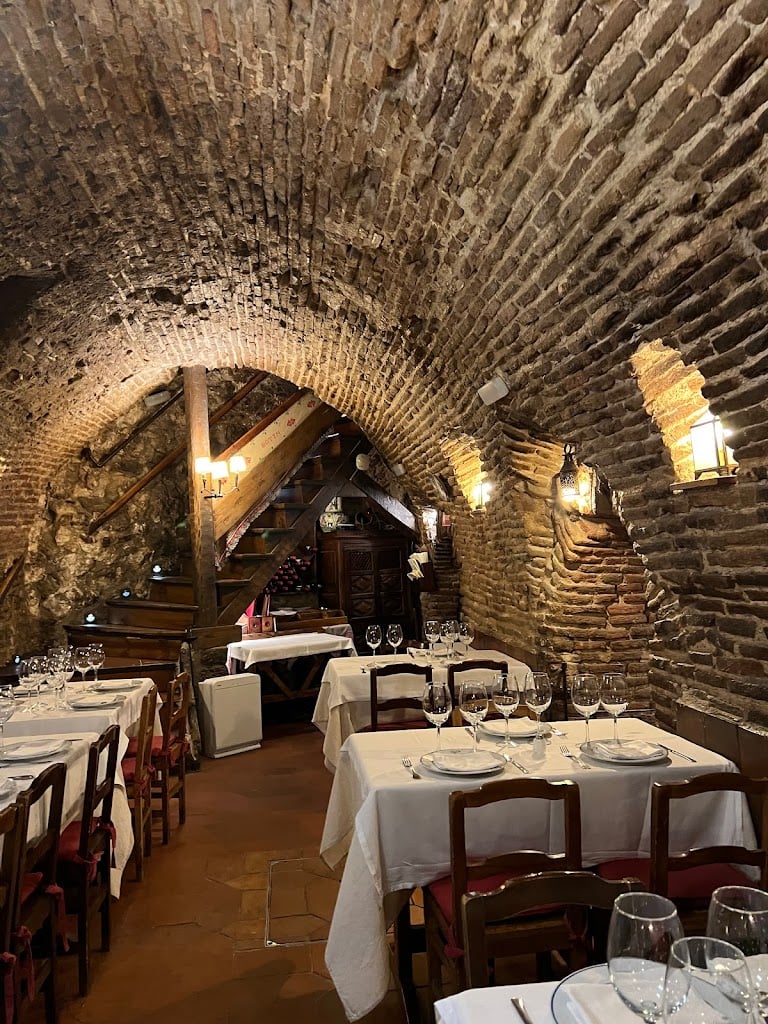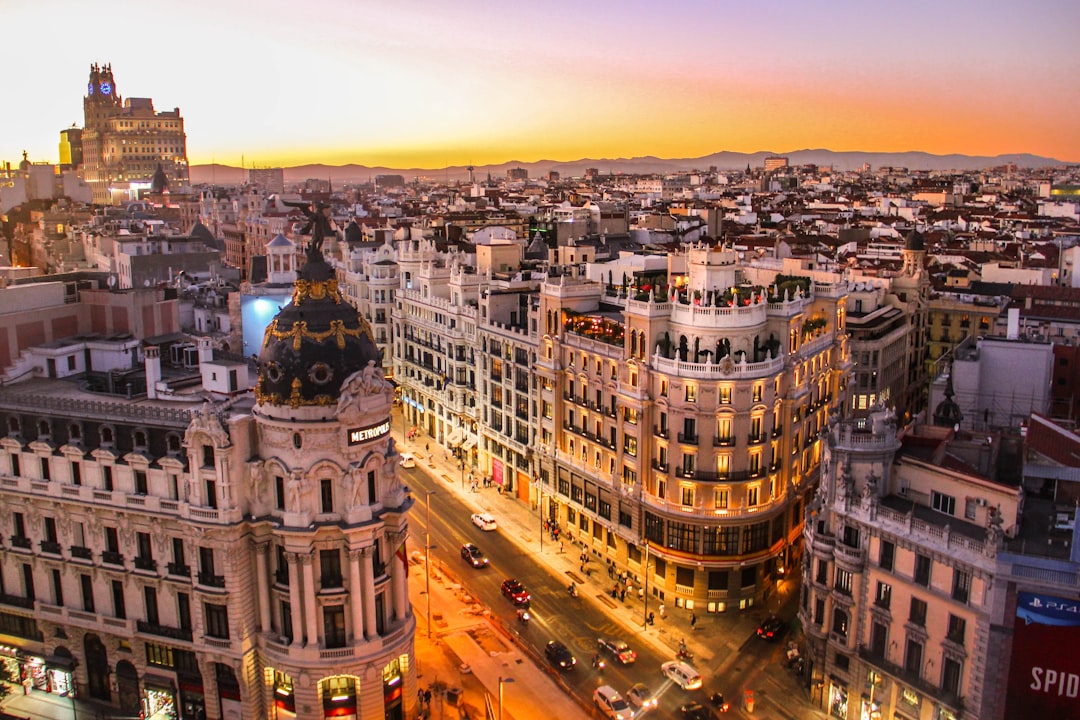Restaurant Botín





Ask ThatchGPT
Suggest a local expert to plan my trip
Suggest an unique itinerary for my Madrid trip
What foods do Madrid locals eat
What are some true hidden gems in Madrid
Help me brainstorm trip ideas for Madrid
Help me plan a family-friendly trip to Madrid
What people say
James Blick
"This old place doesn’t need much written about it – there's so much online already. According to Guinness this is the oldest still-running restaurant in the world. There may be older restaurants, but this is the one with the papers to prove it. What is astounding is that it’s only been in two families since it opened in 1725. Botín is a museum and it’s worth eating here simply for the experience of exploring this place. Happily though the suckling pig (the famous dish) is also excellent. If you do eat here, make sure to take some time to wander – head down to the old wine cellar on the bottom floor (not the one with the tables, there’s one more below that) and head up the stairs to check out the upper rooms. Also, don’t forget to pop your head in to see the centuries old wood burning oven."
journalofjulianne
"World renowned as the world's oldest continuously operating restaurant, Botín is definitely an experience. It is on the expensive side as far as restaurants go, on account for its medieval menu of suckling pig and roasted baby lamb. Expect to make reservations at least 4 months in advance if you're looking for a seat here though."
Read more in:
Laura Dehelean
"Restaurante Botín, a cozy eatery in Madrid, Spain, was founded in 1725 and holds the Guinness World Record for being the world's oldest restaurant.
They serve traditional Spanish dishes -- from cordero asado, which is roasted baby lamb, to cochinillo asado, which is roasted suckling pig. "
Read more in:
Mentioned in these guides
About Restaurant Botín
Get the inside scoop on Restaurant Botín from local experts, travel creators, and tastemakers. Browse genuine trip notes, Restaurant Botín reviews, photos, travel guides, and itineraries from real travelers and plan your trip with confidence.
Website
Phone
Save this spot for later or start mapping out a new trip today
Try our AI Travel Assistant and get instant answers to any questions about your trip.
Ask ThatchGPT


